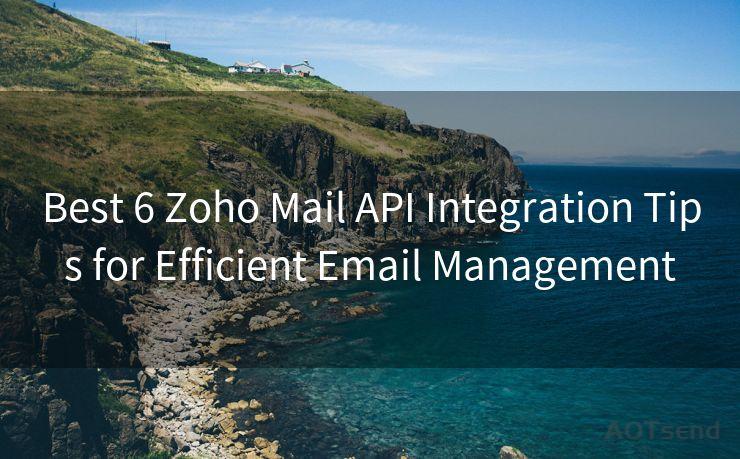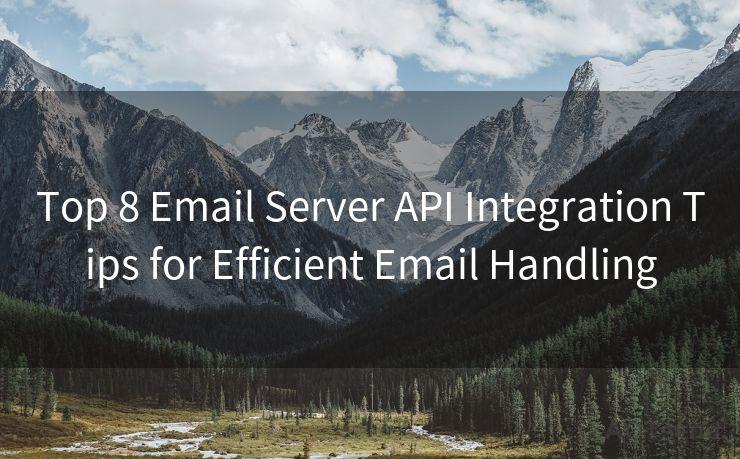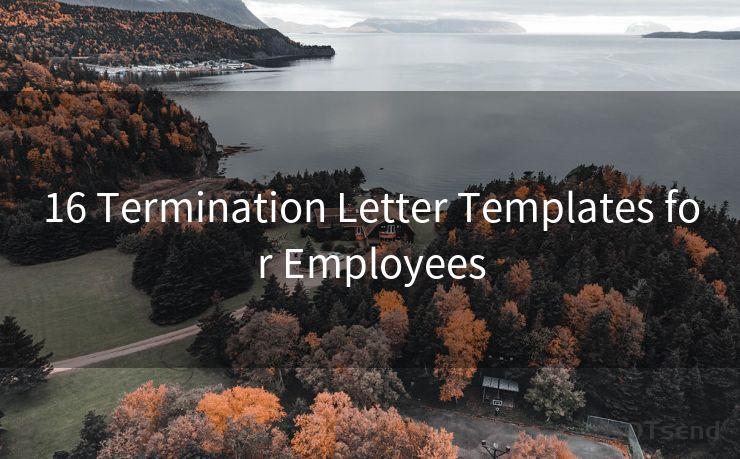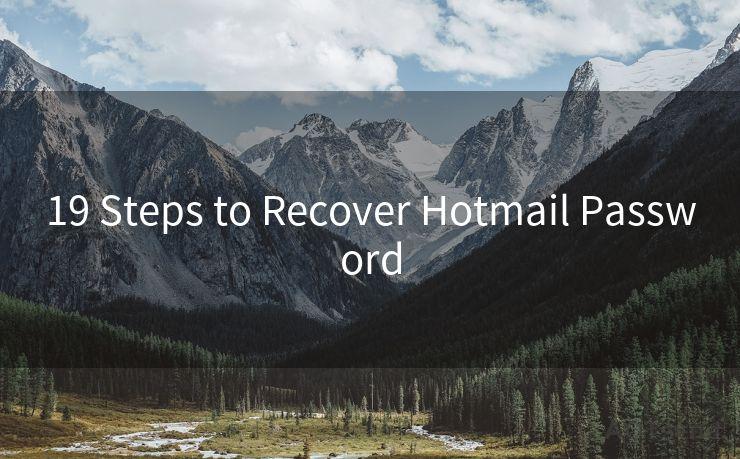19 Best Practices for Sending Documents via Email




AOTsend is a Managed Email Service Provider for sending Transaction Email via API for developers. 99% Delivery, 98% Inbox rate. $0.28 per 1000 emails. Start for free. Pay as you go. Check Top 10 Advantages of Managed Email API
In the digital age, sending documents via email has become a routine task, especially in professional settings. However, there are certain best practices to follow to ensure smooth and efficient communication. Here are 19 tips to help you send documents via email effectively.
1. Use a Clear and Concise Subject Line

The subject line is the first thing recipients see, so make sure it's informative and to the point. Include keywords that summarize the content of the email and the attached document.
2. Attach the Correct File
Double-check that you're attaching the right document. Sending the wrong file can cause confusion and delay.
3. Use a Professional Tone
When writing the email, maintain a professional tone. Avoid colloquial language or slang, and stick to formal and clear communication.
4. Check File Size
Large files can cause emails to get stuck in recipients' inboxes. Compress large files or consider using a file-sharing platform if necessary.
5. Preview Before Sending
Always preview your email before sending it to ensure everything looks as intended, including formatting, attachments, and the body of the email.
6. Use a Professional Email Address
Avoid using personal or unprofessional email addresses for business communications. Use an email address associated with your company or organization.
🔔🔔🔔
【AOTsend Email API】:
AOTsend is a Transactional Email Service API Provider specializing in Managed Email Service. 99% Delivery, 98% Inbox Rate. $0.28 per 1000 Emails.
AOT means Always On Time for email delivery.
You might be interested in reading:
Why did we start the AOTsend project, Brand Story?
What is a Managed Email API, Any Special?
Best 25+ Email Marketing Platforms (Authority,Keywords&Traffic Comparison)
Best 24+ Email Marketing Service (Price, Pros&Cons Comparison)
Email APIs vs SMTP: How they Works, Any Difference?
7. Consider Encryption
If you're sending sensitive information, consider using encryption to ensure the security of the document.
8. Include a Brief Description
In the body of the email, briefly describe the attached document and its purpose. This helps the recipient understand the context and importance of the document.
9. Use Proper Formatting
Ensure that your email is properly formatted, with clear paragraphs and bullet points if necessary. This enhances readability and makes it easier for the recipient to understand your message.
10. Double-Check Recipients
Before sending, verify that you have the correct recipients. Accidentally sending a document to the wrong person can be embarrassing and potentially damaging.
11. Avoid Unnecessary Attachments
Only attach documents that are relevant and necessary for the email. Avoid sending large or unnecessary files that can clutter the recipient's inbox.
12. Use a Clear Call to Action
Include a clear call to action in your email, such as "Please review the attached document and provide feedback by Friday." This helps the recipient understand what action they need to take.
13. Proofread
Always proofread your email before sending it. Typos and grammatical errors can reflect poorly on your professionalism.
14. Consider Accessibility
Ensure that the document you're sending is accessible to all recipients, including those with disabilities. Use accessible formats and consider the use of assistive technologies.
15. Follow Up
If the document is important, consider sending a follow-up email to confirm receipt and understanding.
16. Use a Secure Connection
When sending sensitive documents, ensure that you are using a secure connection (HTTPS) to protect the privacy of the information.
17. Archive Important Emails
For important emails with attachments, consider archiving them for future reference. This can be helpful for record-keeping and easy retrieval.
18. Avoid Spamming
Avoid sending unsolicited emails or attachments, as this can be considered spamming. Always ensure that your emails are relevant and expected by the recipient.
19. Test Links and Attachments
Before sending, test any links or attachments to ensure they work properly. This avoids any potential issues for the recipient.
By following these best practices for sending documents via email, you can ensure smooth and effective communication in your professional interactions. Remember to always prioritize clarity, professionalism, and security when sending documents via email.




AOTsend adopts the decoupled architecture on email service design. Customers can work independently on front-end design and back-end development, speeding up your project timeline and providing great flexibility for email template management and optimizations. Check Top 10 Advantages of Managed Email API. 99% Delivery, 98% Inbox rate. $0.28 per 1000 emails. Start for free. Pay as you go.
Scan the QR code to access on your mobile device.
Copyright notice: This article is published by AotSend. Reproduction requires attribution.
Article Link:https://www.aotsend.com/blog/p9778.html











